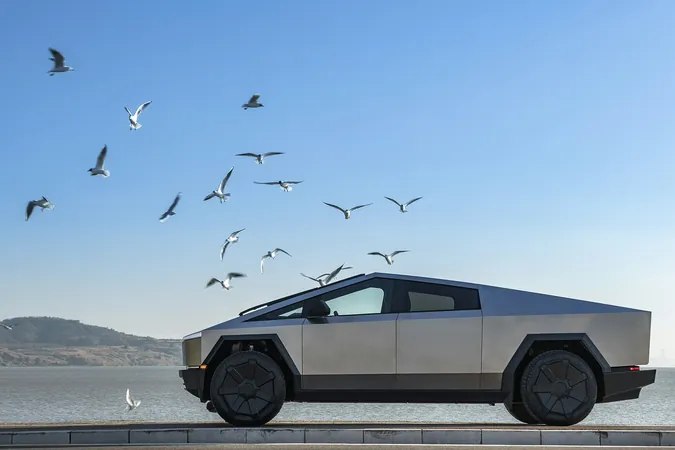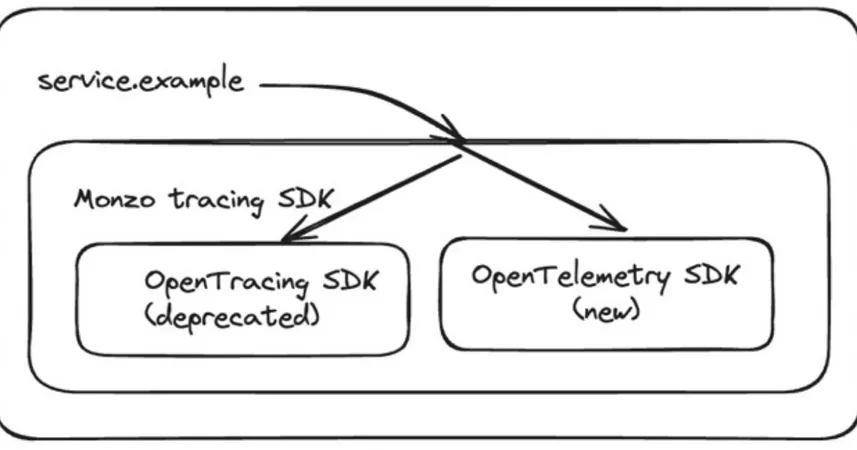
Tesla Cybertruck Faces Major Safety Concerns in Europe: Is an “International” Version on the Horizon?
2024-10-08
Author: Charlotte
Introduction
The Tesla Cybertruck is encountering significant resistance in Europe, with safety advocates calling for a ban on the vehicle due to inherent safety issues tied to its controversial design. This growing pushback underscores the urgent need for Tesla to consider developing an "international" version of the truck that's tailored specifically for European regulations and safety standards.
Safety Concerns
Organizations such as the European Transport Safety Council and the European Cyclists’ Foundation have raised alarms about the Cybertruck's potential hazards on public roads. They are advocating for a temporary suspension of the vehicle's access to these streets due to fears that its sharp edges and angular design could lead to severe injuries or fatalities in the event of a collision with pedestrians or cyclists.
Case in the Czech Republic
In the Czech Republic, where one buyer managed to register the vehicle by implementing modifications to address these safety worries, the situation has become a focal point for these safety proponents. The owner made adjustments by adding rubber slats to the most pointed areas of the Cybertruck, demonstrating a workaround to mitigate the perceived risks.
Regulatory Concerns
A formal letter directed to the Czech Transport Minister, Martin Kupka, expresses the groups’ concerns, claiming that the Cybertruck introduces an "illegal risk to all other road users." They point out that the vehicle's weight, which is reported to be between 8,834 to 9,169 pounds, exceeds the European light-duty vehicle limit of 7,000 pounds (3.5 tonnes). Critics have accused Czech authorities of allowing the vehicle to be approved through a regulatory loophole.
Tesla's Plans
While Tesla has not yet publicly responded to these claims, CEO Elon Musk has hinted that there may be plans for a redesign suited for international markets. This poses an opportunity for Tesla to create a more compact version that addresses safety critiques while also satisfying demand from European consumers.
Conclusion
The conversation around the Cybertruck's safety isn't just an isolated incident; it reflects broader concerns about how automakers design vehicles to meet diverse international regulations. As the automotive industry increasingly moves towards electric and unconventional designs, the necessity for compliance with regional safety standards becomes ever more critical.
As Tesla contemplates its next move, stakeholders are eager to see how the company will address these mounting challenges—and whether it will take the necessary steps to ensure that the Cybertruck can safely navigate the intricate web of European roadways.
Stay tuned for updates as this story continues to unfold!









 Brasil (PT)
Brasil (PT)
 Canada (EN)
Canada (EN)
 Chile (ES)
Chile (ES)
 España (ES)
España (ES)
 France (FR)
France (FR)
 Hong Kong (EN)
Hong Kong (EN)
 Italia (IT)
Italia (IT)
 日本 (JA)
日本 (JA)
 Magyarország (HU)
Magyarország (HU)
 Norge (NO)
Norge (NO)
 Polska (PL)
Polska (PL)
 Schweiz (DE)
Schweiz (DE)
 Singapore (EN)
Singapore (EN)
 Sverige (SV)
Sverige (SV)
 Suomi (FI)
Suomi (FI)
 Türkiye (TR)
Türkiye (TR)